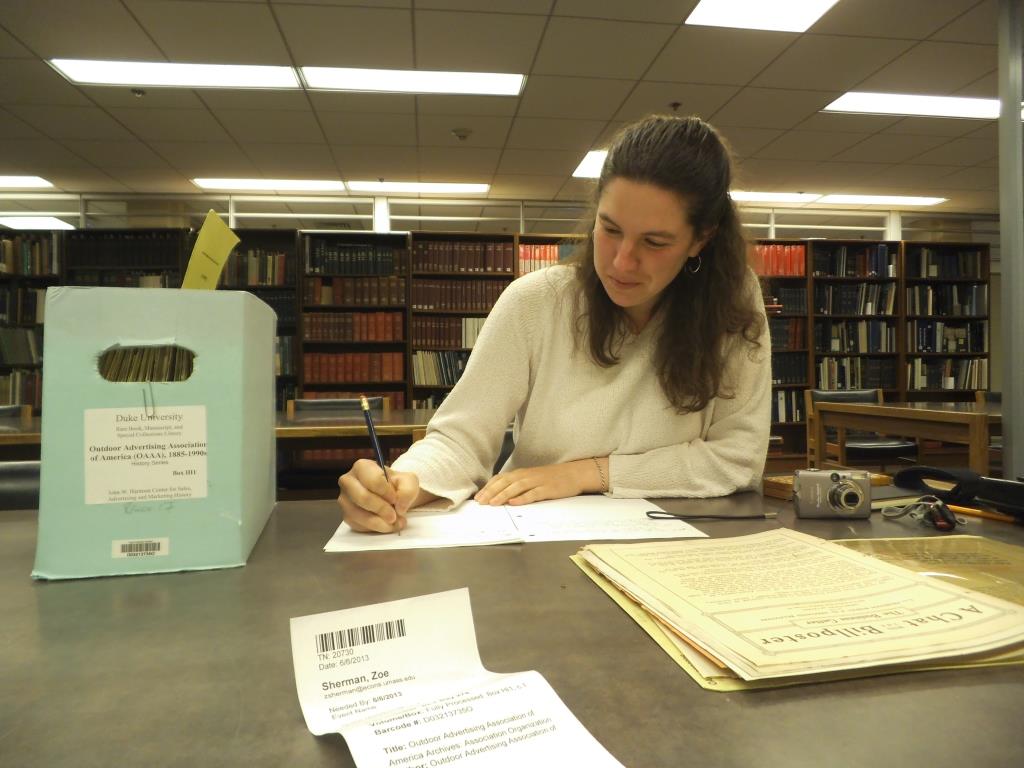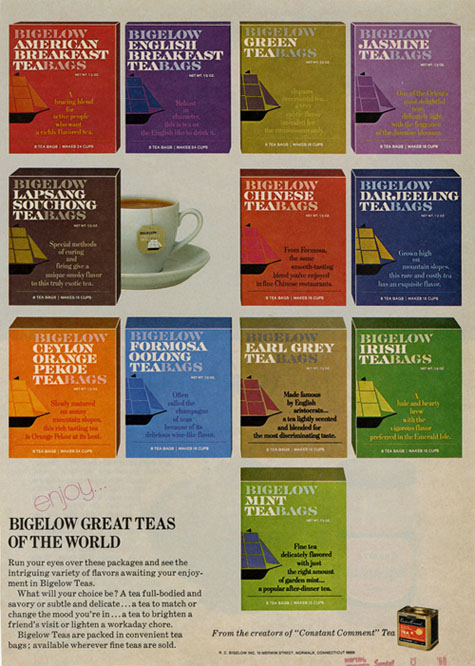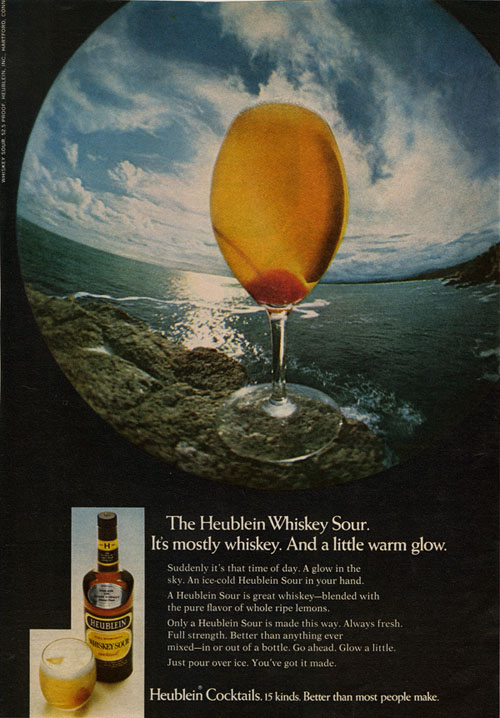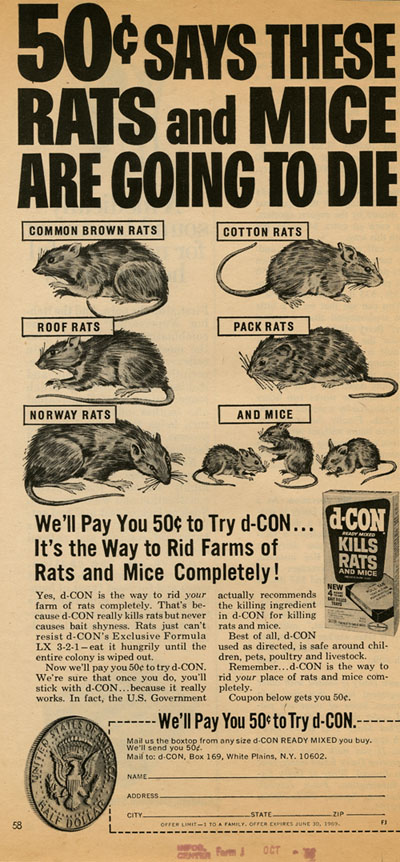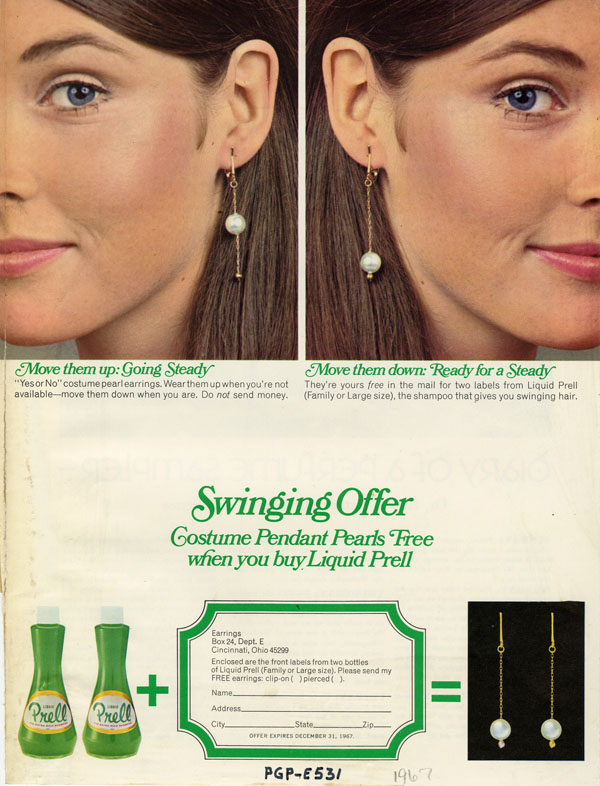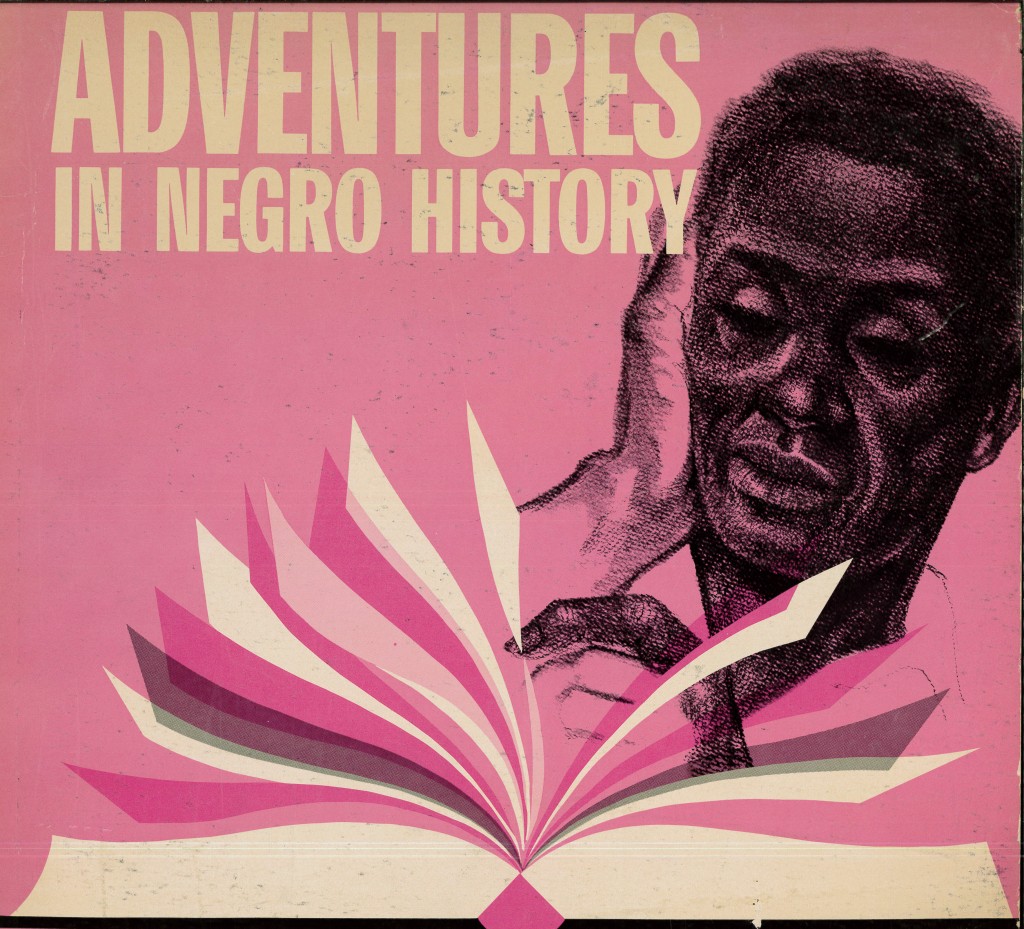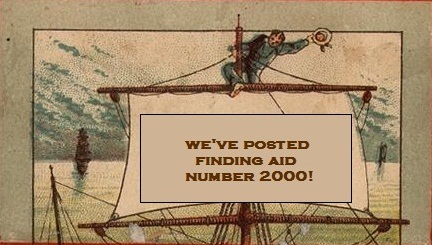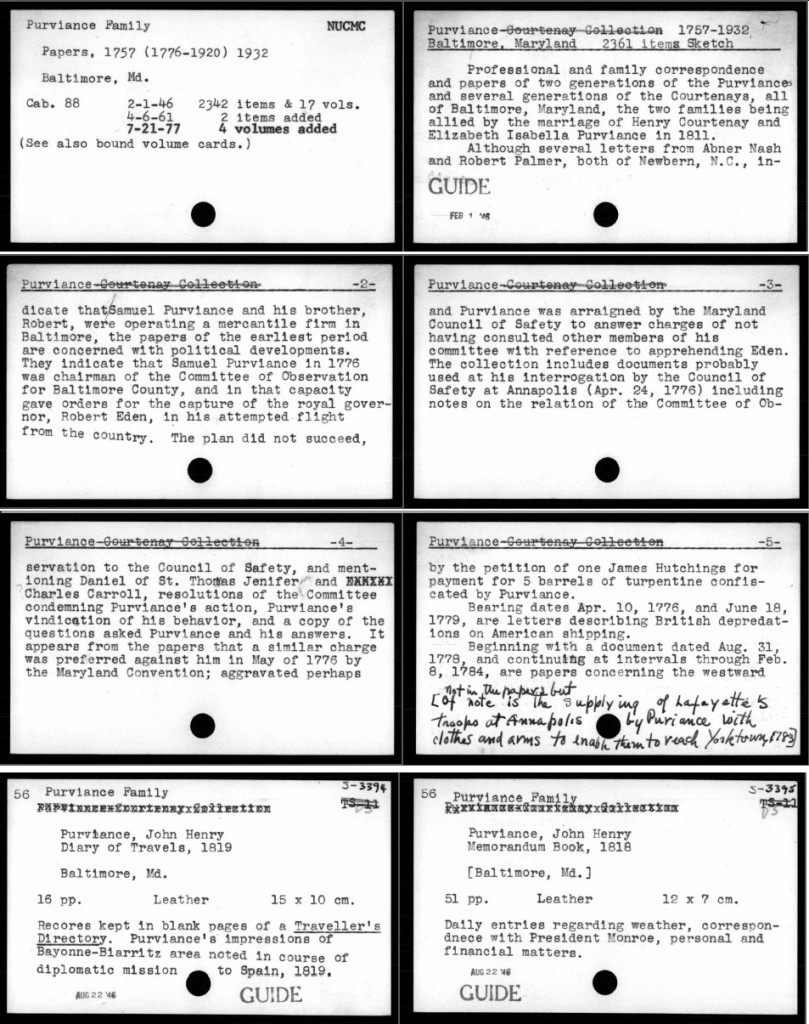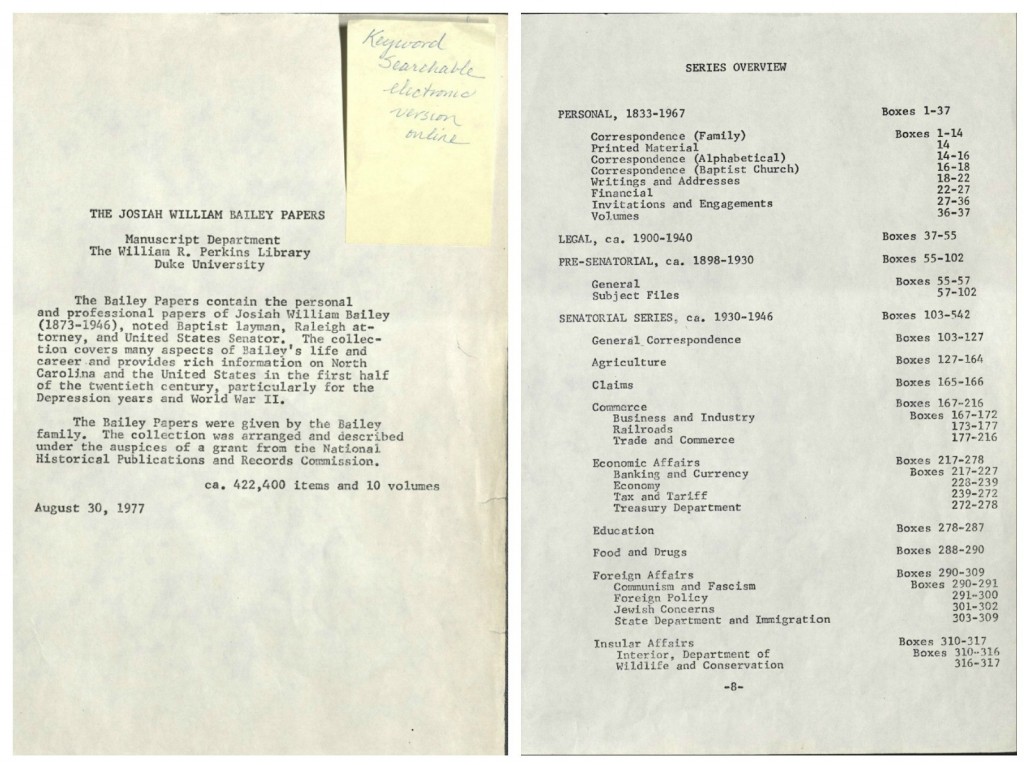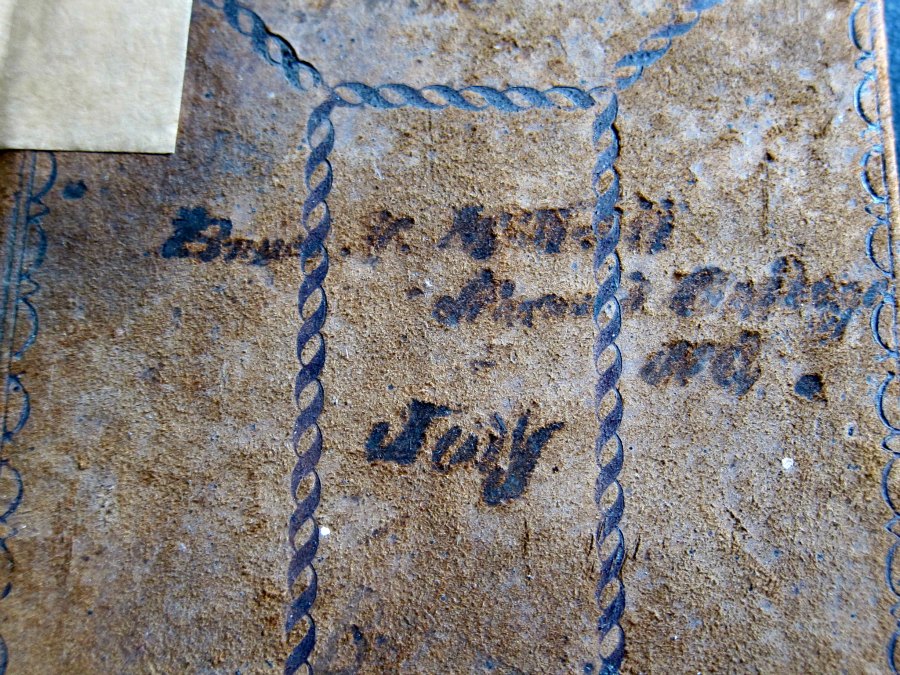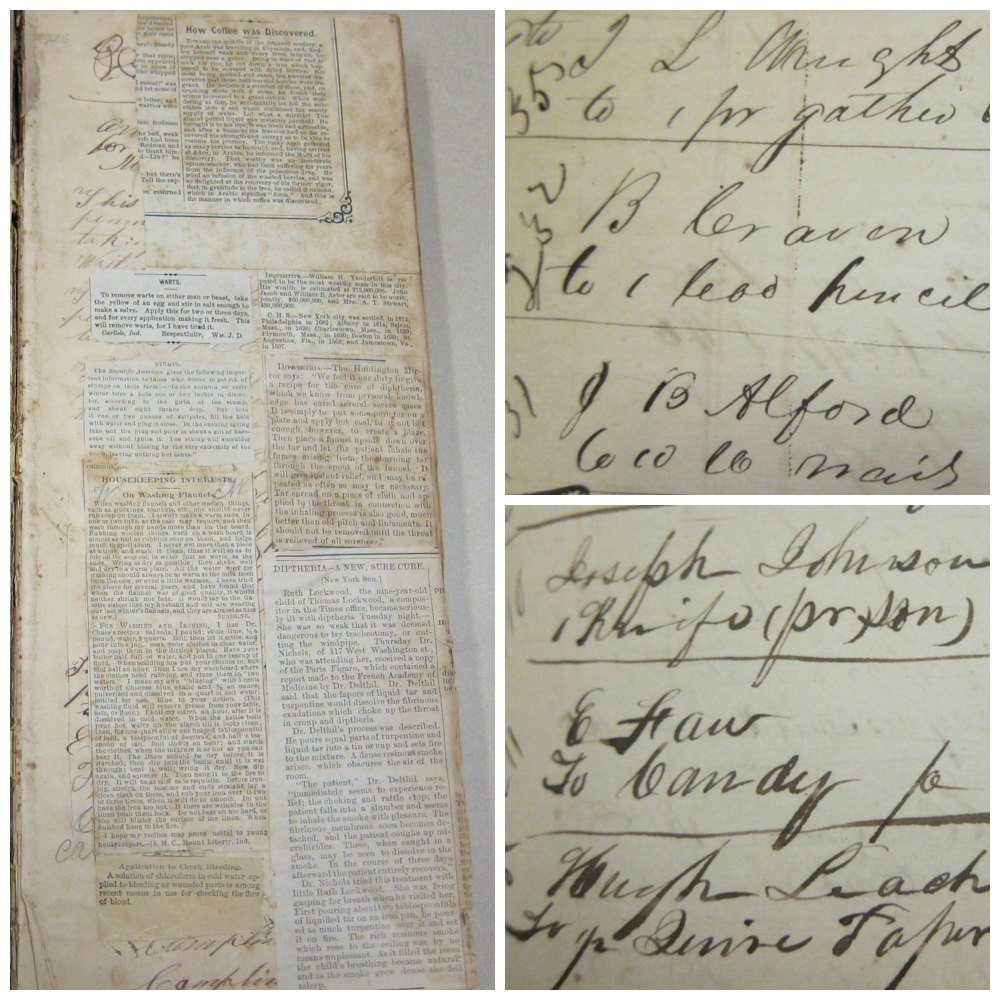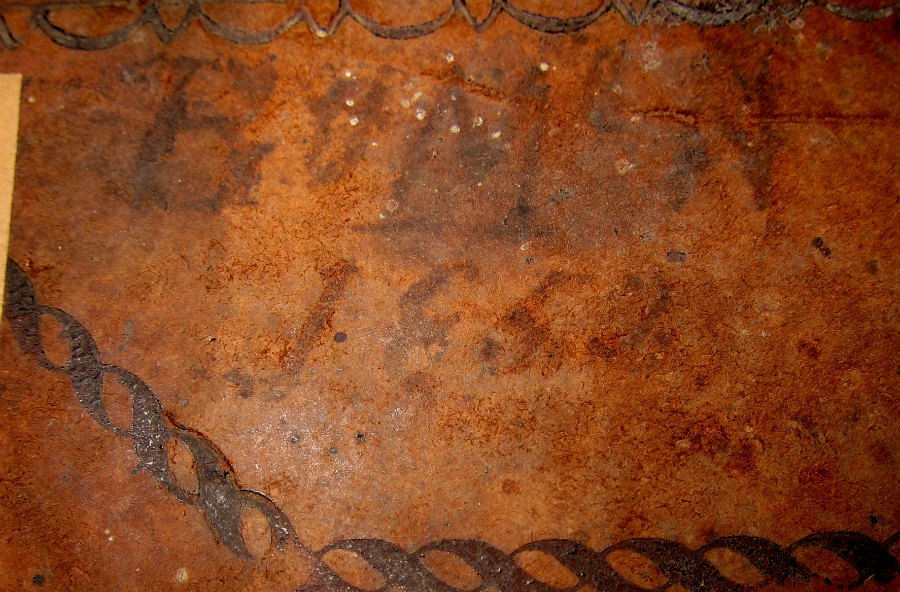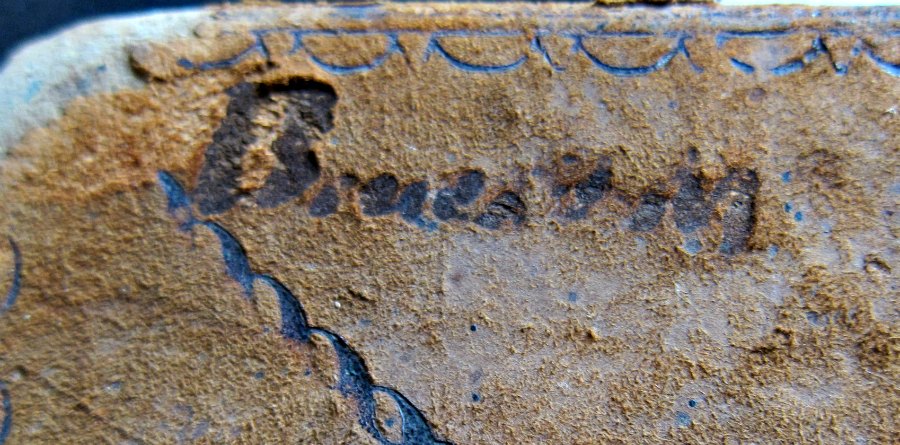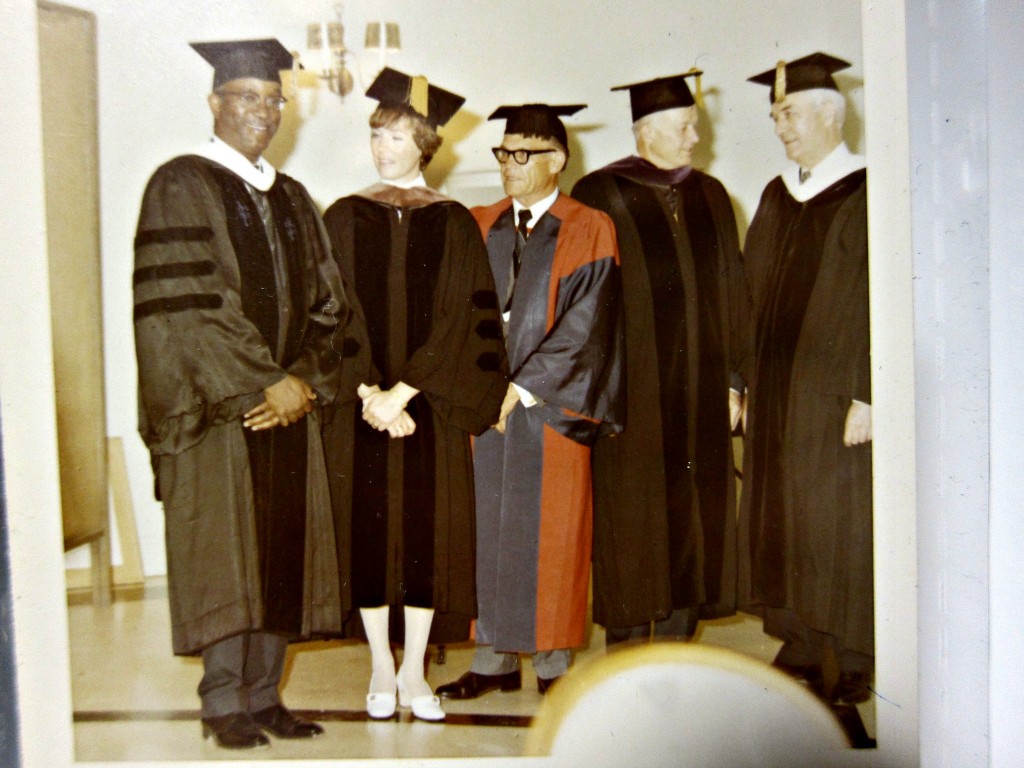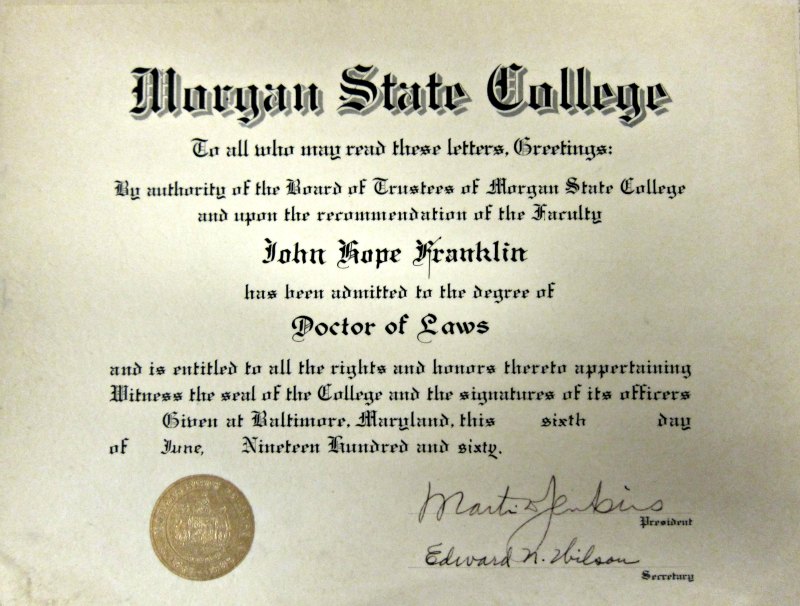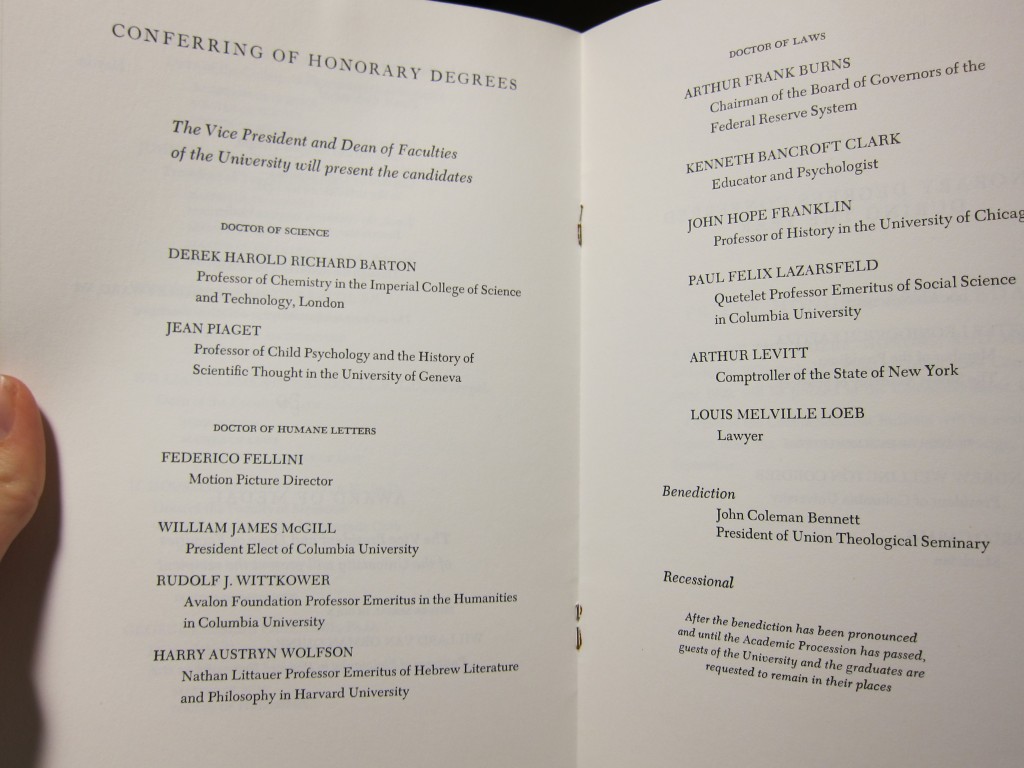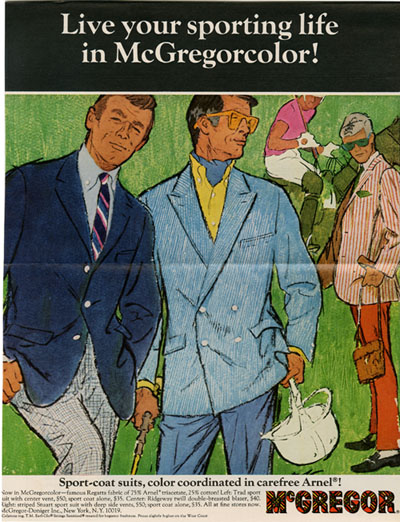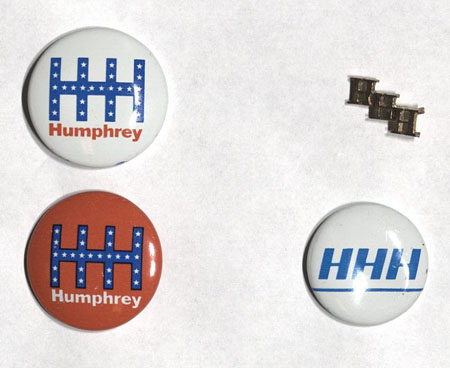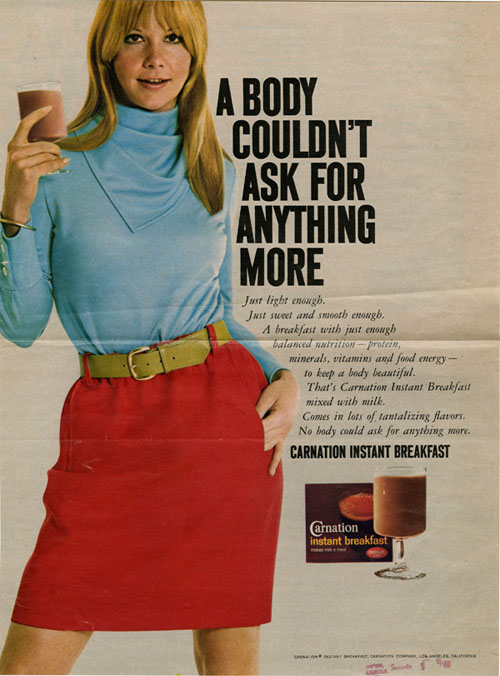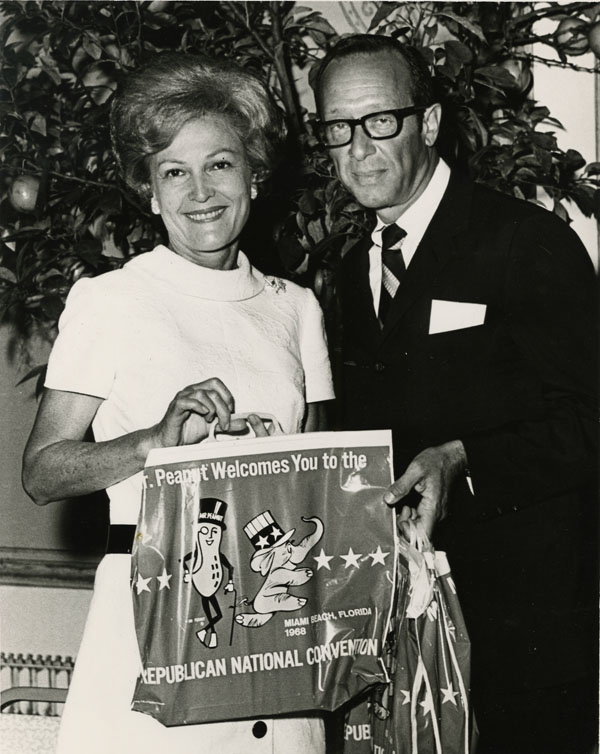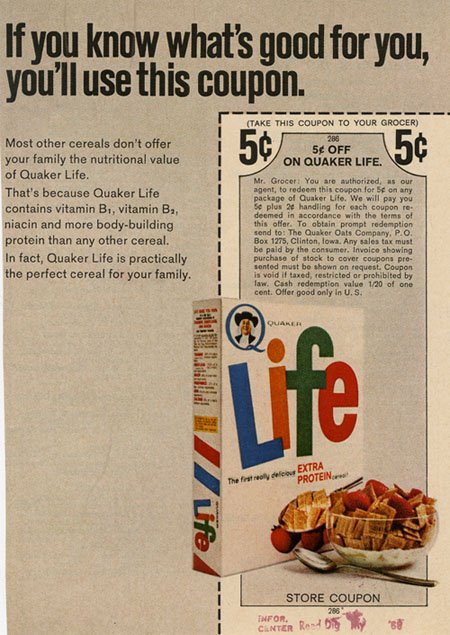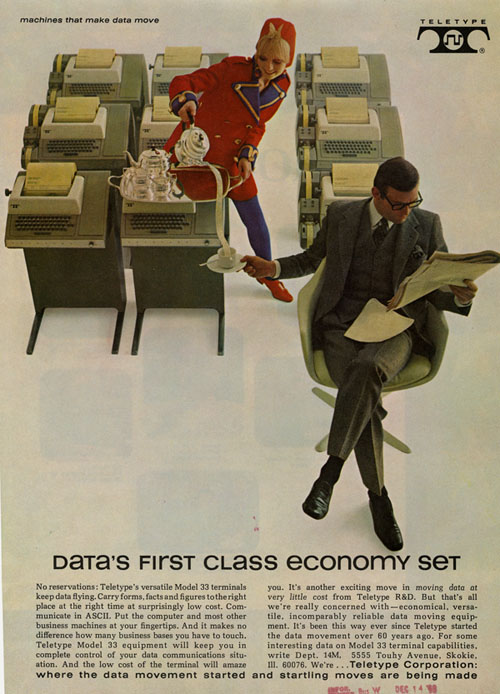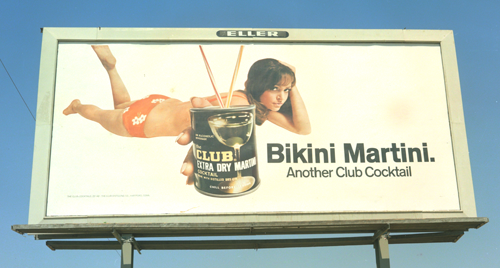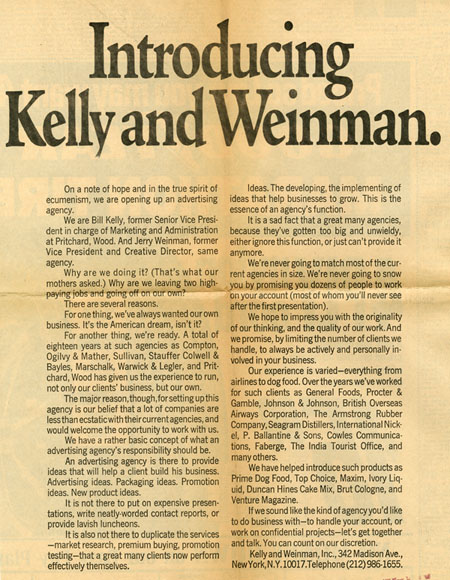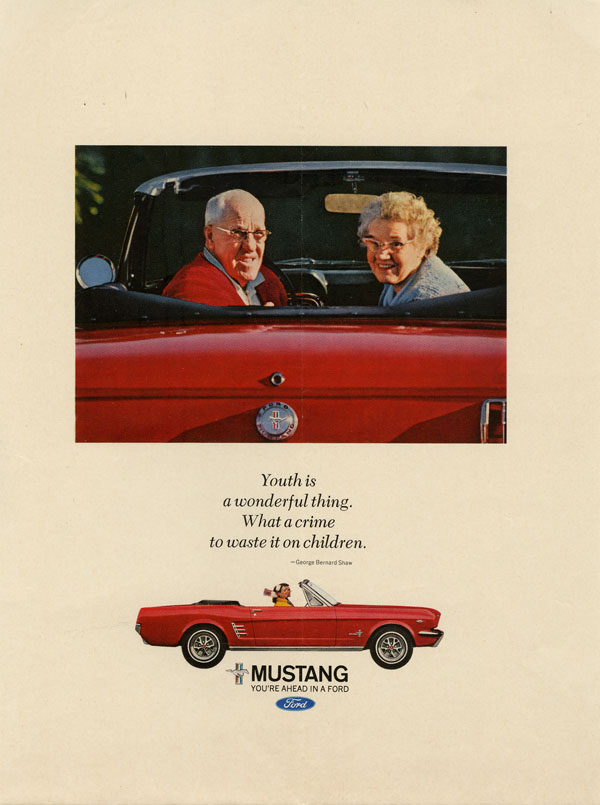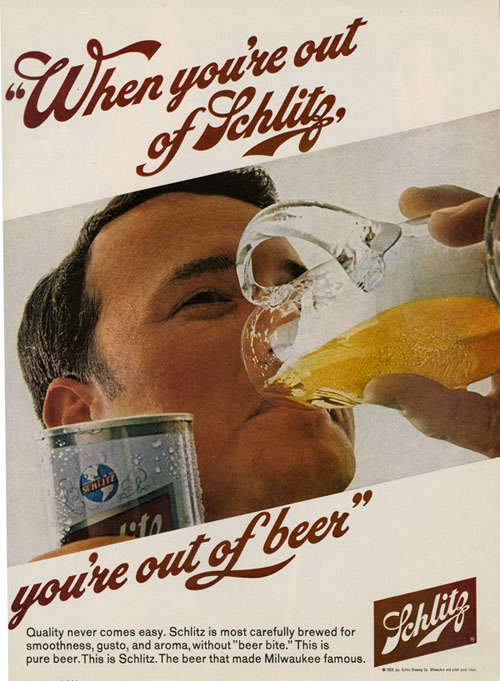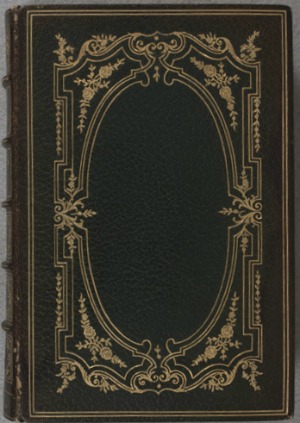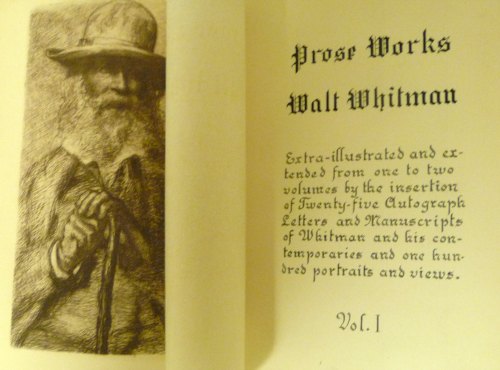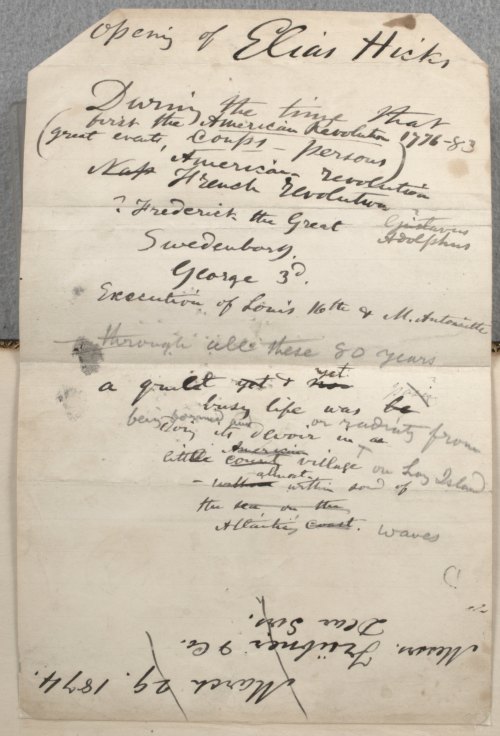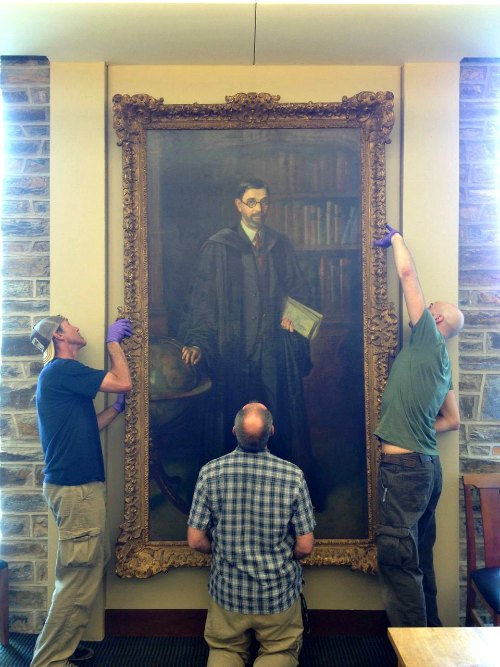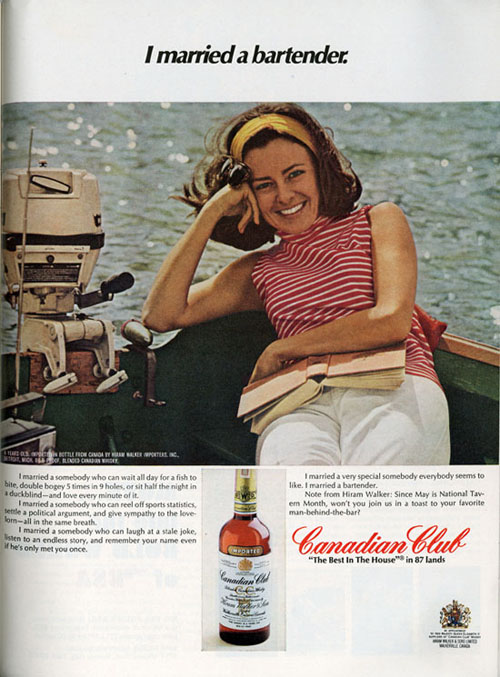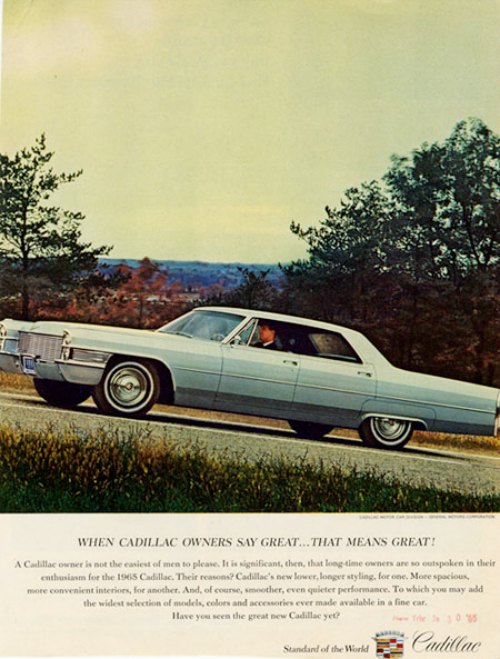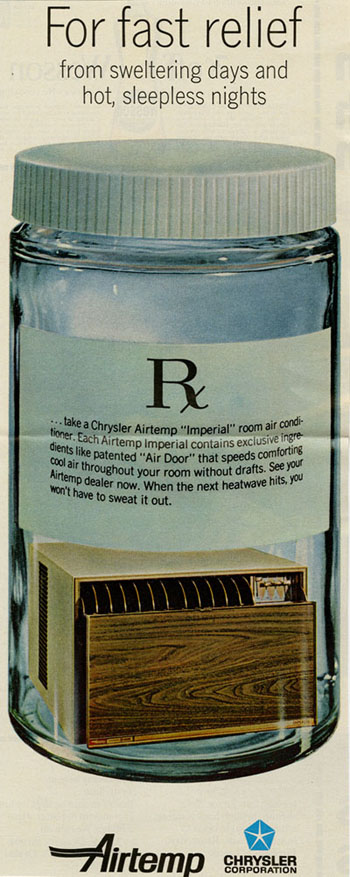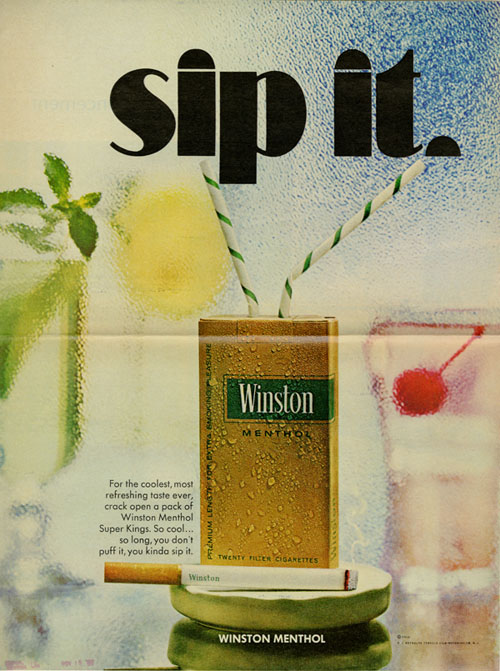The Rubenstein Library’s three research center annually award travel grants to undergraduate and graduate students, faculty, and independent scholars through a competitive application process. Congratulations to this year’s recipients, we look forward to working with all of you!
John Hope Franklin Research Center for African and African American History and Culture Travel Grant Recipients
Dr. Richard Bell, Associate Professor, Department of History, University of Maryland, College Park; Project: “Slavery’s Market: A Microhistory.”
Dr. Frederick Carroll, Instructor, Department of History, Norfolk State University; Project: “Race News: How Black Reporters and Readers Shaped the Fight for Racial Injustice, 1910-1978.”
Ms. Mandy Jolly, Undergraduate, Department of History, Lenoir-Ryhne University; Project: “Journalistic Racism from Early Travel/Exploration Logs from the 19th and 20th Century.”
Dr. Phillip Misevich, Assistant Professor of History, St. John’s University; Project: “On the Frontier of Freedom: Abolition and the Growth of Atlantic Commerce in Southern Sierra Leone, c1790s to 1880s.”
Ms. Marie Stango, PhD Candidate, Department of History, University of Michigan; Project: “Antislavery and Colonization: African American Women in Nineteenth Century West Africa.”
Dr. Shirley Thompson, Associate Professor of African and African Diaspora Studies, University of Texas at Austin; Project: “No More Auction Block for Me: African Americans and the Problem of Property.”
Dr. Charlotte Walker-Said, Theodore W. Lentz Fellow in Peace Studies and Human Rights, Webster University; Project: “Traditional Marriage for the Modern Nation: Family Formation and the Politics of Religion in Colonial and Postcolonial Africa.”
Mr. James Wall, PhD Candidate, Department of History, University of Georgia; Project: “Redefining Success: The Strule for Freedom Rights in Southwest Georgia, 1945-1985”
John W. Hartman Center for Sales, Advertising & Marketing History Fellowship and Travel Grant Recipients
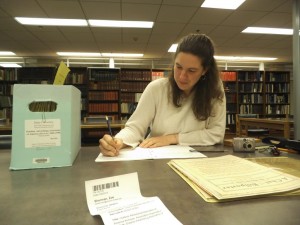
FOARE Fellowships for Outdoor Advertising Research:
Elizabeth Semler: History of Science, Technology and Medicine, University of Minnesota, “’Got Milk?’: Dairy Advertising and Scientific Authority in the late 20th Century”
Zoe Sherman: Economics, University of Massachusetts – Amherst, “The Commodification of Audience Attention in the US, 1865-1920”
John Furr Fellowships for JWT Research:
Ai Hisano: History, University of Delaware, “A History of Food Color in the United States, 1880s-1970s”
Cristina Sánchez-Blanco: Media Management, University of Navarra (Spain), “Advertising Account Planning in JWT”
Hartman Center Travel Grants:
Francesca Russello Ammon: American Academy of Arts & Sciences, “Culture of Clearance: Waging War on the Landscape in Postwar America”
Leslie Anderson: University of California – Merced, “The Politics of Domesticity” (Senior Thesis)
Mary Bridges: International Studies, Yale University, “Global Infrastructure of US Business Activities in the Interwar and World War II Periods”
Jessica Burch: History Department, Vanderbilt University, “Soap and Hope: culture, Capitalism, and Direct Sales in World War II America”
Dr. Andrew Case: Nelson Institute for Environmental Studies, University of Wisconsin – Madison, “Dear Friend: Direct Mail Marketing and the Transformation of Buying and Selling in Postwar America”
Kristi Whitfield Johnson: Baton Rouge, LA, “Canning Foods and Selling Modernity: The Canned Food Industry and Consumer Culture, 1898-1945”
Dr. Richard K. Popp: Journalism, Advertising and Media Studies, University of Wisconsin – Milwaukee, “Direct Marketing, Communication Networks, and the Remaking of consumer Culture, 1960-2000”
Sallie Bingham Center for Women’s History and Culture Travel Grant Recipients
Valerie Behrer, English, University of Minnesota, for dissertation research on the connections between girls’ subjectivities, autobiographical practices, and the development of American radical feminism from the late 1960s to the 1970s.
Erin Leigh Durban-Albrecht, Gender & Women’s Studies, University of Arizona, for a set of related projects—including a film and her dissertation—that use Kathy Acker’s Kathy Goes to Haiti to explore racialized gender and sexuality, cultural production, and U.S.‐Haiti relations in the 20th and early 21st century.
Dr. Lauren Gutterman, Center for Gender and Sexuality Law, Columbia Law School, for a book that will examine the personal experiences and public representation of American wives who desired women, 1945 to 1979.
Monica Miller, English and Women’s & Gender Studies, Louisiana State University, for dissertation research on the use of ugly women as characters that defy the stereotype of the beautiful belle in the work of 20th century Southern women writers.
Michelle Pronovost, Fashion Institute of Technology, for research on the confrontational fashion of riot grrrls in zines from the 1990s.
Dr. Andrea Walton, Department of Educational Leadership and Policy Studies, Indiana University Bloomington, for research supporting an article and book chapter on philanthropist Eleanor Thomas Elliott.
Kelly Weber, History, Rice University, for dissertation research related to the politics of daughterhood in the New South, 1880 to 1920.
Stacy J. Williams, Sociology, University of California, San Diego, for dissertation research on how social movements have affected feminist discourse about cooking, 1874 to 2013.
Dr. Mary Ziegler, St. Louis University, for a book about how abortion providers helped define lay understandings of the constitutional, statutory, and common law concerning abortion in the United States.
Eleanore and Harold Jantz Fellowship
The first recipient of the Eleanore and Harold Jantz Fellowship is Chunjie Zhang, Assistant Professor of German at the University of California, Davis. Dr. Zhang is a graduate of Duke (PhD 2010). Her project is “Representations of non-European cultures in the German discourse in the eighteenth century.”


